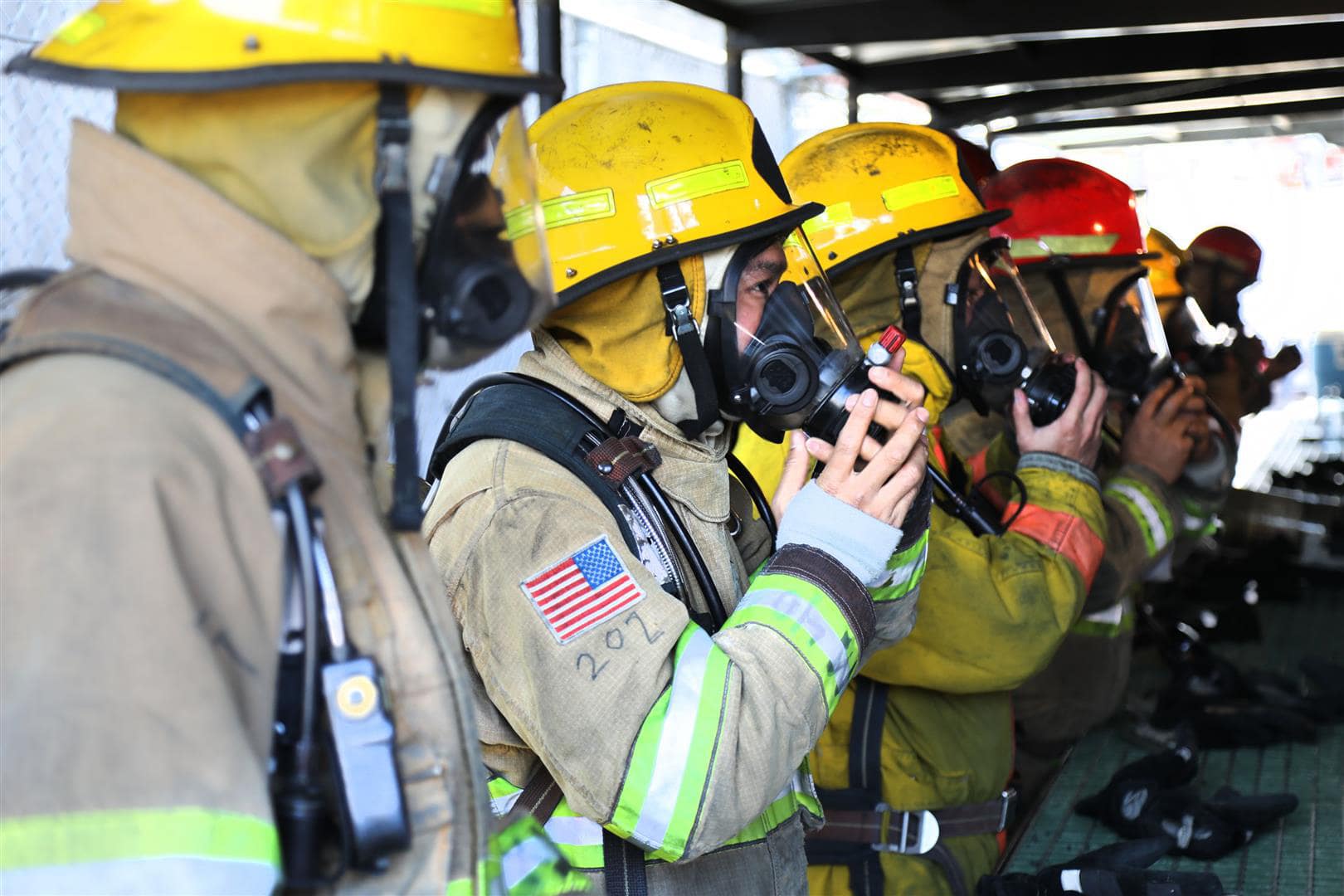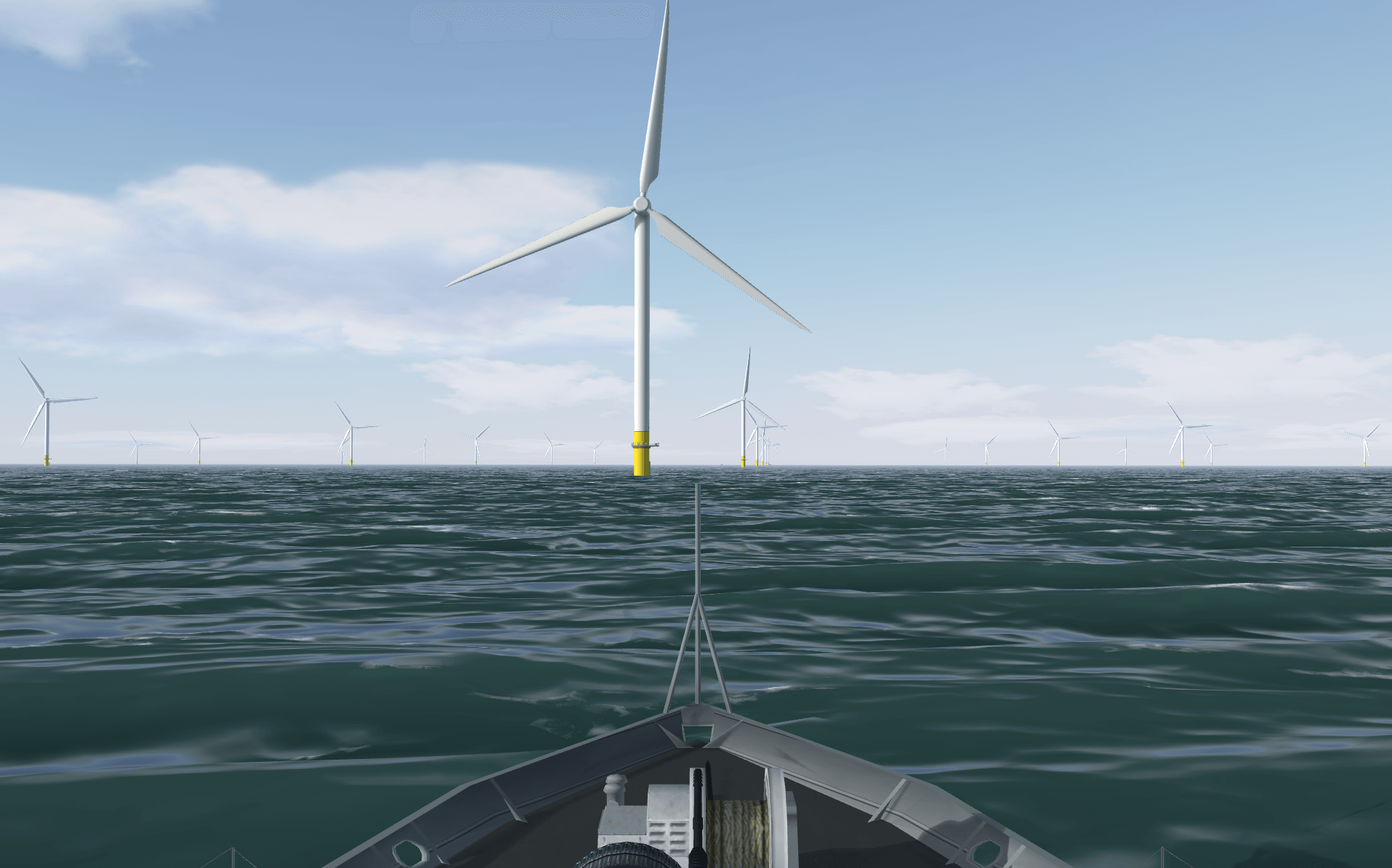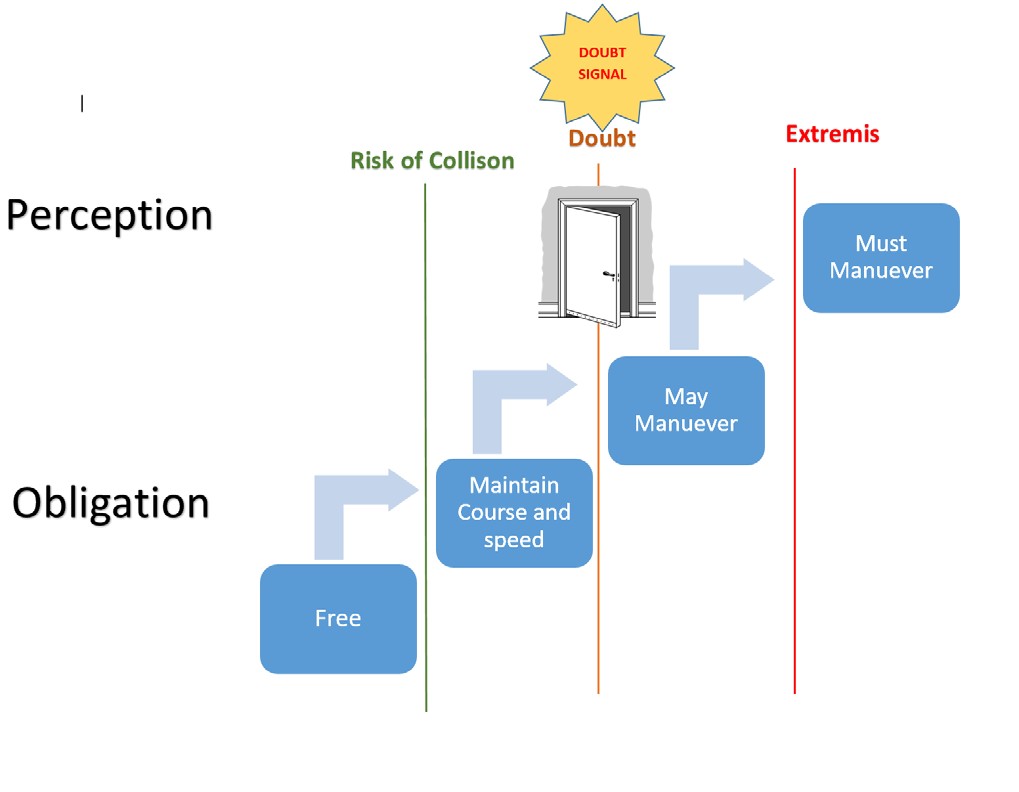Dr. Christopher Landsea, Chief of the Tropical Analysis & Forecast Branch of the National Hurricane Center, recently moderated a seminar delivered via live broadcast for U.S. National Weather Service forecasters. The presentation was delivered from the container ship Maersk Columbus, off the coast of West Africa by MITAGS instructor and professional mariner, Captain Rich Madden.
The discussion entitled, “Navigating the Elements: Lessons Learned from El Faro and Weather Information Techniques in Maritime Operations” was one of the first educational webinars delivered from a merchant ship under way. Captain Madden provided a unique perspective on lessons learned in 2015 from the tragic loss of El Faro. Insights were shared to obtain and interpret weather information for maritime operations.
Click here to read Dr. Landsea’s article in Maritime Executive and to watch a recording of the seminar.
Learn more about MITAGS’ Heavy Weather Avoidance Routing: Pacific Ocean course.
Related Posts

For most of the crew aboard the M/S Oceania, June 19 was just another port call in Seattle. For a select few however, it was a chance to spend the day battling large shipboard fires. Not on Oceania, which was busy taking on stores at Pier 66, but fifteen minutes away, at the India Tango Marine Fire Training School.

Executive Summary MITAGS has programmed georeferenced, highly accurate visual wind turbine models of Ørsted’s proposed “Ocean Wind,” and “Revolution Wind” Offshore Wind Farms into their advanced full-mission ship simulators. This provided a platform in order to engage stakeholders. The value in the simulator is the ability to engage stakeholders from the bridge of multiple simulated […]

Captain Jerry Hasselbach, Lead NSAP® Assessor and Instructor at MITAGS, has had the ability over the last several years to witness and assess over 1000 NSAP® sessions. During these sessions, Captain Hasselbach has gained more knowledge and lessons learned than he could have originally imagined, leading to what has developed into a presentation on the Doubt Signal.



